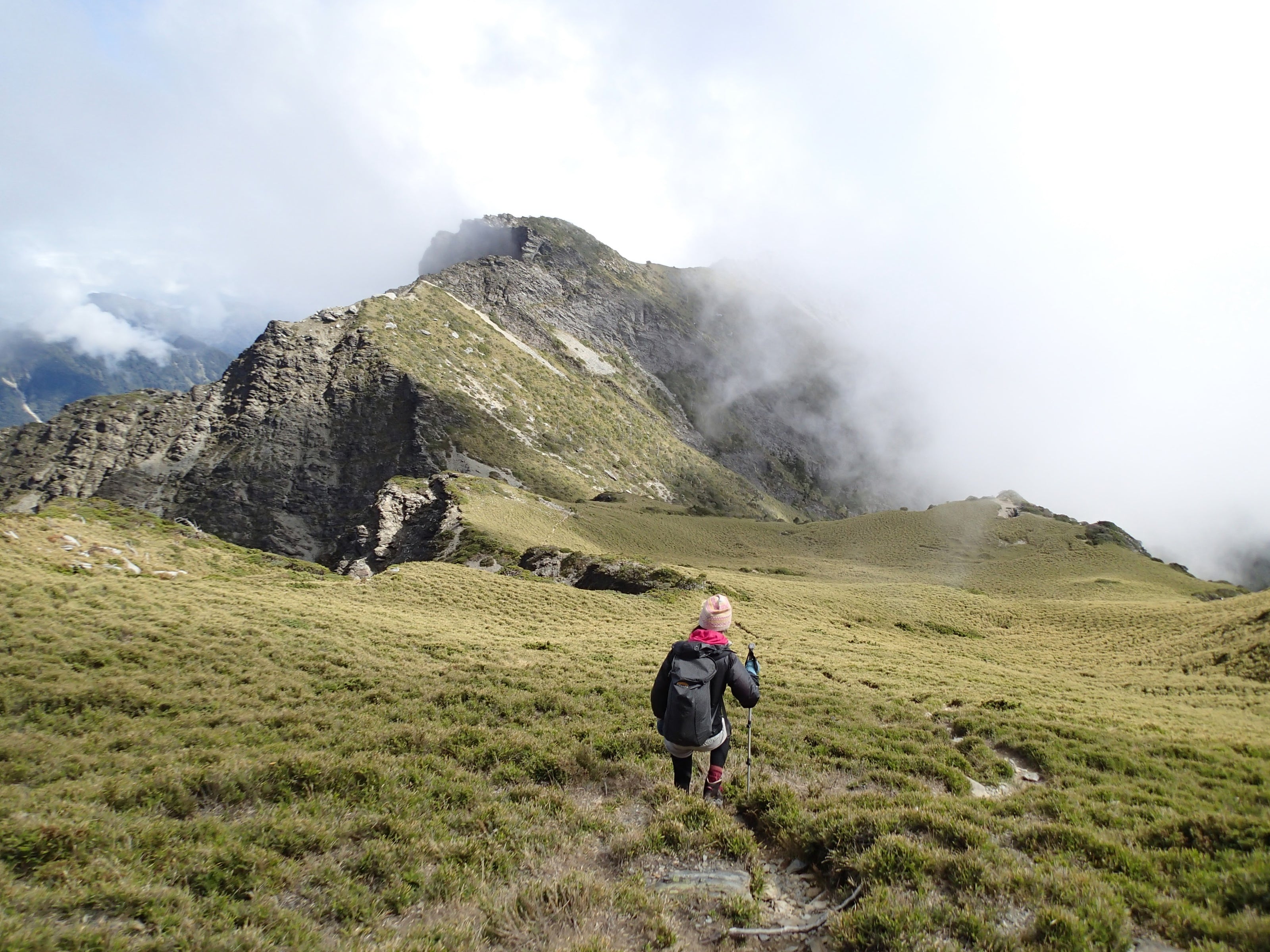Recommendations for novice mountain climbers: Four key tips for purchasing headlamps
How to choose a mountaineering headlamp: Four key points to help you find the right headlamp
Whether you are mountain climbing, outdoor activities or camping, a headlamp is an indispensable piece of equipment. It can provide lighting at night or when there is insufficient light, ensuring the convenience and safety of movement. As long as you master the following four key points, you can choose the headlamp that best suits you.

[Key Point 1] Lumen Selection
Usually after the sun goes down, we need to search for items in the mountain house or tent, cook food, go to the toilet at night, or use headlamps when walking. Basically, a brightness of 20 to 50 lumens is enough (lumens are for reference only, some mountain friends like to choose more than 50 lumens). If you are the leader of a team, it is recommended to use a headlamp with 200 lumens and a lighting distance of more than 100 meters.

[Key Point 2] Headlight Mode
Headlights are usually divided into two modes: spot light and diffuse light (flood light). Astigmatism is suitable for close-range activities or walking in groups, and has less fatigue on the eyes; spotlight is suitable for irradiating distant places to find your way. Some headlights can be switched between dual modes, so pay more attention when purchasing.
Other modes
Advanced headlights also have “flash mode” and “red light mode”. The "flash mode" can be used for emergency help, and the "red light mode" is suitable for night vision and will not affect others. It is suitable for use in tents or mountain houses at night when preparing for bed.

【Key Point 3】Waterproof Level
It is recommended to choose a water-repellent grade above IPX4. However, the waterproof rating is for reference only. If the brand's product design is not rigorous, water leakage and damage may still occur. #After-sales warranty service is also very important
Waterproof grade table
- IPX0: no protection function
- IPX1: Waterproof against drops
- IPX2: Protection against water droplets within 15 degrees of device tilt
- IPX3: Waterproof
- IPX4: Waterproof
- IPX5: Protection against low-pressure water spray
- IPX6: Protection against high-pressure water spray
- IPX7: Waterproof to 1 meter for 30 minutes
- IPX8: Waterproof to more than 1 meter
[Point 4] Maintenance methods
Battery leakage is the biggest killer of electronic products. When the headlight is not used for a long period of time (about 2 weeks or more), the battery should be removed to avoid leakage and damage to the headlight, and the headlight should be stored in a cool and dry place.

About the battery
There are two main ways to store electricity for headlights:
- [Disposable battery]: It is difficult to control the power after use, and it is not environmentally friendly.
- [Rechargeable batteries]: Including nickel-metal hydride batteries and lithium batteries. The advantage is that they can control the power, are environmentally friendly, and have less leakage.




